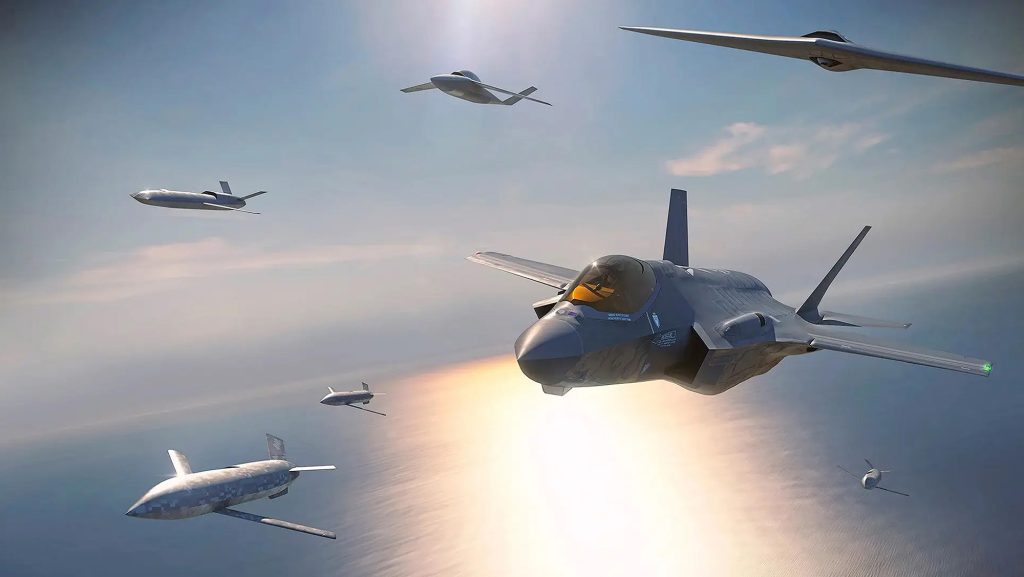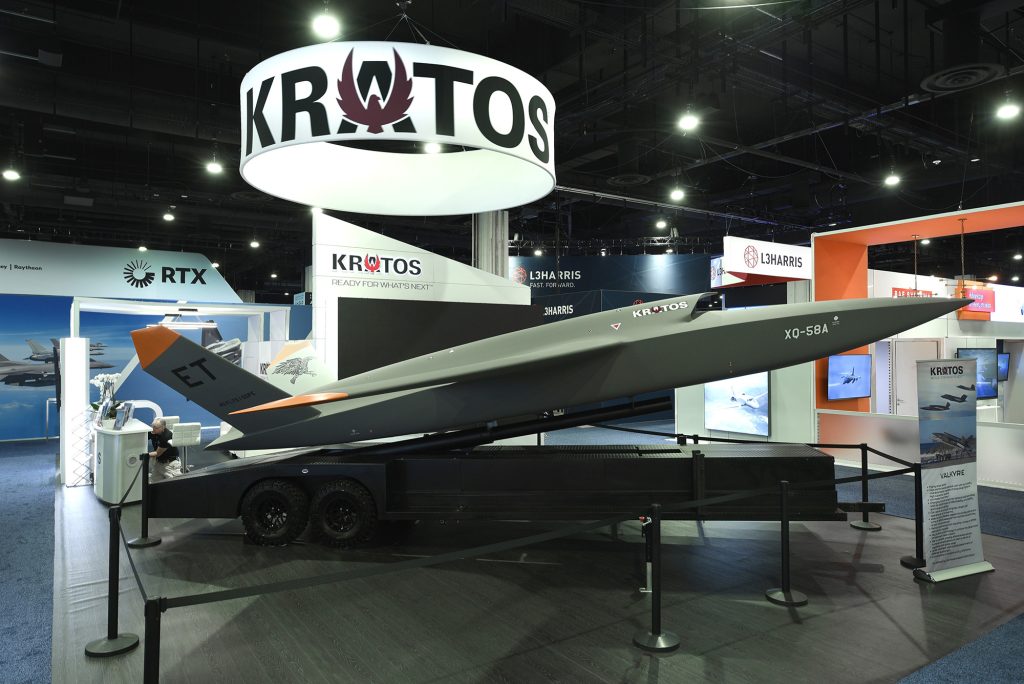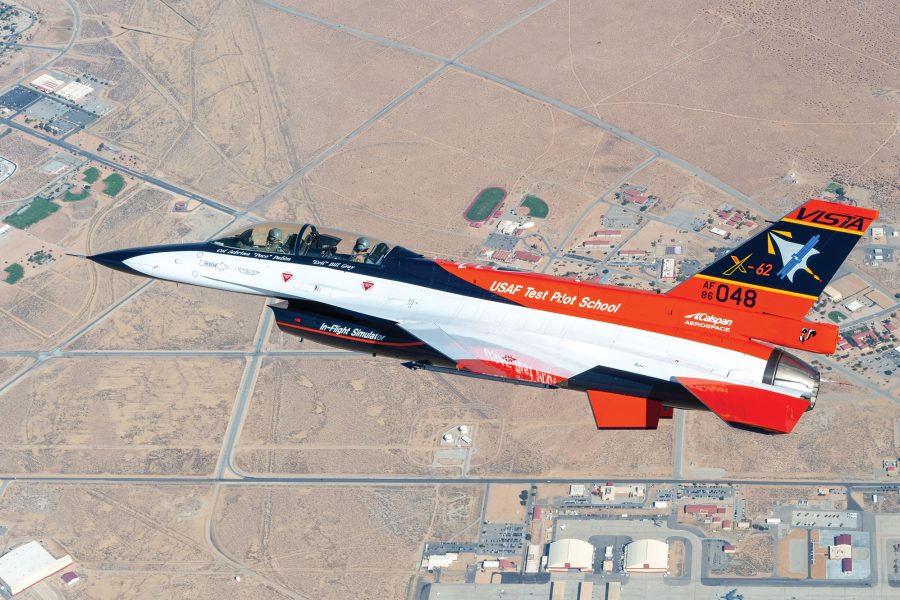Testing Collaborative Combat Aircraft—the unmanned, autonomous aircraft that will fly alongside crewed fighters with the goal of beefing up the future Air Force fleet—will require an unprecedented integration of effort from engineers and operators, leaders of the service’s test enterprise said in a recent interview with Air & Space Forces Magazine.
“We’re still learning” how CCAs will have to be tested, Maj. Gen. Evan C. Dertien, commander of the Air Force Test Center, said. “My focus right now is making sure that the test enterprise is ready to test autonomy.”
“A lot of the work we’re doing is, I’m trying to train the workforce,” Dertien explained. That includes making sure test ranges, policies and procedures are ready and trying to get the various parts of the enterprise to consider, “How would we handle these aircraft when they get here?”
Air Force Secretary Frank Kendall has said the Air Force plans to build at least 1,000 CCAs, and that they will be available for operational deployment before the end of the decade, leaving just six years to select contractors, develop, build, and test the aircraft. The Air Force has requested $5.8 billion for CCAs over the future years defense plan, covering the next five years.

Dertien said he has all the experts he needs for testing the drones. The challenge will be integrating their different specialities.
“I have people that know how to do [unmanned aerial vehicles], I have people that know how to do autonomy. I have … people that know how to do fighter tactics,” he said. “But now we’re going to have to bring them all together to test something like the CCA.”
There are several programs in progress right now that will lead into CCA testing, providing huge amounts of data to be analyzed—Skyborg; XQ-58 Valkyrie; the Viper Experimentation and Next-gen Operations Model (VENOM) project, exploring manned-unmanned teaming with a half-dozen F-16s; and the X-62A Variable In-flight Simulation Test Aircraft (VISTA) aircraft, an F-16 modified to explore maneuvering and tactics of autonomous aircraft, able to simulate the behavior of various designs.
“The work we’re doing on VISTA is really helping us advance autonomy and get after the workforce we need,” Dertien said. “The things we’re doing down at Eglin with the XQ-58 and developing the autonomy … is developing that workforce and the data infrastructure, and also pairing it up with fighter aircrew, and starting the basics of fighter integration.”
The VENOM program “will really take that to the next level of autonomy with sensors,” he added. “And all this is, if nothing else, prepping the test enterprise for when that first CCA lands or is brought here; that we’re ready to test the autonomy and integrate it with existing systems like the F-22 and the F-35.”

The advent of CCAs is driving a larger change in testing, said Col. Douglas P. Wickert, commander of the 412th Test Wing at Edwards. Until recently, new platforms could be tested individually, but “increasingly, these are all interactive systems.”
A CCA, he pointed out, is “just a node in a wider network. And so, one of the things that we’ve done in the test enterprise is create recurring opportunities to bring a lot of things together.”
By creating what Wickert called a “stage” for CCAs to integrate with other planned Air Force networks like the Advanced Battle Management System (ABMS), the service can “see how CCA is going to play into that and contribute to that.” After that, future programs will start and “we can test them in a in a very complex, realistic environment,” he said.
Dertien said the test enterprise is taking a “crawl walk, run” approach to autonomy and how it can be applied to military systems.
At AFA’s Air, Space and Cyber conference in September, Dertien said the VENOM program will be able to take cues from offboard sensors and establish, “with multiple aircraft … a foundation” for CCA testing. He said his organization is focused on setting “the rule sets and the safety procedures” for those experiments.


